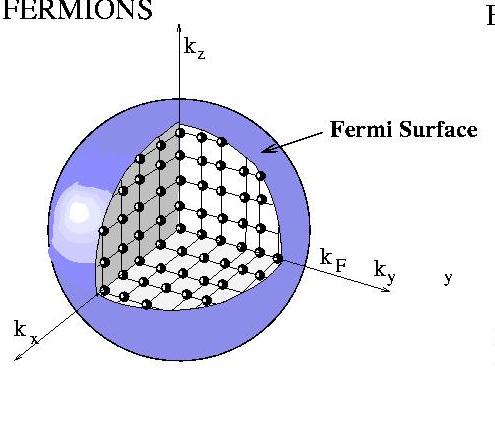Steven Weinberg wrote a piece a while ago entitled Superconductivity for Particular Theorists (pdf!). Although I have to admit that I have not followed the entire mathematical treatment in this document, I much appreciate the conceptual approach he takes in asking the following question:
How can one possibly use such approximations (BCS theory and Ginzburg-Landau theory) to derive predictions about superconducting phenomena that are essentially of unlimited accuracy?
He answers the question by stating that the general features of superconductivity can be explained using the fact that there is a spontaneous breakdown of electromagnetic gauge invariance. The general features he demonstrates are due to broken gauge invariance are the following:
- The Meissner Effect
- Flux Quantization
- Infinite Conductivity
- The AC Josephson Effect
- Vortex Lines
Although not related to this post per se, he also makes the following (somewhat controversial) comment that I have to admit I am quoting a little out of context:
“…superconductivity is not macroscopic quantum mechanics; it is the classical field theory of a Nambu-Goldstone field”
Now, while it may be true that one can derive the phenomena in the list above using the formalism outlined by Weinberg, I do think that there are other ways to obtain similar results that may be just as general. One way to do this is to assume the existence of a macroscopic wave function. This method is outlined in this (illuminatingly simple) set of lecture notes by M. Beasley (pdf!).
Another general formalism is outlined by C.N. Yang in this RMP, where he defines the concept of off-diagonal long range order for a tw0-particle density matrix. ODLRO can be defined for a single-particle density matrix in the following way:
This can be easily extended to the case of a two-particle density matrix appropriate for Cooper pairing (see Yang).
Lastly, there is a formalism similar to that of Yang’s as outlined by Leggett in his book Quantum Liquids, which was first developed by Penrose and Onsager. They conclude that many properties of Bose-Einstein Condensation can be obtained from again examining the diagonalized density matrix:
Leggett then goes onto say
“If there is exactly one eigenvalue of order N, with the rest all of order unity, then we say the system exhibits simple BEC.”
Again, this can easily be extended to the case of a two-particle density matrix when considering Cooper pairing.
The 5-point list of properties of superconductors itemized above can then be subsequently derived using any of these general frameworks:
- Broken Electromagnetic Gauge Invariance
- Macroscopic Wavefunction
- Off-Diagonal Long Range Order in the Two-Particle Density Matrix
- Macroscopically Large Eigenvalue of Two-Particle Density Matrix
These are all model-independent formulations able to describe general properties associated with superconductivity. Items 3 and 4, and to some extent 2, overlap in their concepts. However, 1 seems quite different to me. It seems to me that 2, 3 & 4 more easily relate the concepts of Bose-Einstein condensation to BCS -type condensation, and I appreciate this element of generality. However, I am not sure at this point which is a more general formulation and which is the most useful. I do have a preference, however, for items 2 and 4 because they are the easiest for me to grasp intuitively.
Please feel free to comment, as this post was intended to raise a question rather than to answer it (which I cannot do at present!). I will continue to think about this question and will hopefully make a more thoughtful post with a concrete answer in the future.




